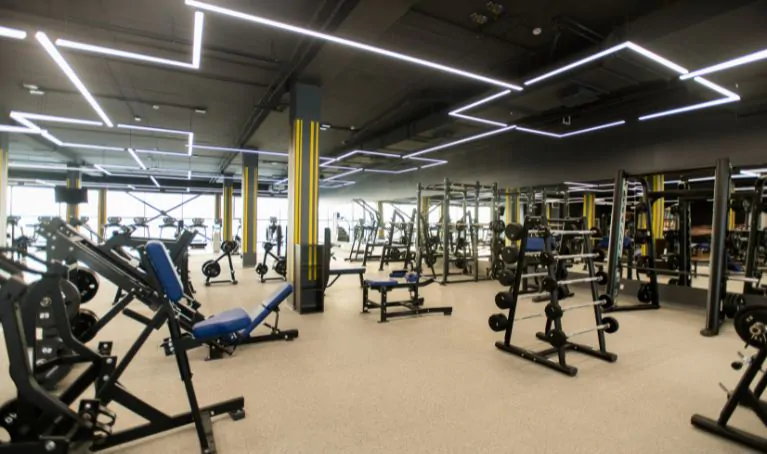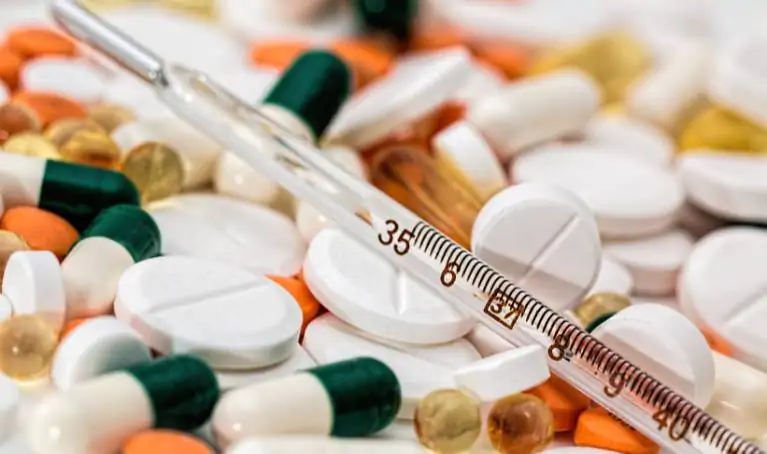Tooth extraction is indeed a painful experience, whether performed for health reasons or aesthetics.
While you aren’t fully prepared, it brings you other challenges like dietary restrictions and limited physical activity. But do you know exactly how long should you wait to exercise after tooth extraction?
After having a tooth out, you should wait at least two weeks to exercise. Simple extractions heal in roughly a week. The healing period increases with procedure complexity. As a result, beginning low-impact activity approximately 15 days following surgery is advised by most dentists.
Reintroducing gentle exercise is a good way to keep up your well-being, but it’s not without difficulties. Let’s discuss the drawbacks of tooth extraction and useful advice for a prompt recovery.
Post-Extraction Recovery Period
The post-extraction recovery period is crucial and requires utmost care for proper healing. The duration of recovery varies among individuals due to several factors such as:
- Age
- Type of extraction
- Oral hygiene
- Use of certain medications
- Overall health
- Adherence to post-op instructions
According to the American Association of Oral and Maxillofacial Surgeons, the recovery from wisdom tooth removal may even last several weeks.
Stages Of The Recovery Process
Three stages typically comprise the healing process:
Day 1: Formation of a Blood Clot
During this stage, pain and discomfort are common, as is some bleeding from the extraction site. Controlling bleeding and promoting clot formation can be achieved by gently applying pressure using a sterile gauze pad.
Day 2–3: The Process of Tissue Regeneration and Healing
As soon as the blood clot stabilizes, the body starts to regenerate and mend damaged tissue.
During this stage, pain and edema may progressively subside but some discomfort may still exist.
Day 4–7: Things Resume as Usual
The majority of people can safely return to their regular daily activities, even if the extraction site may still be sensitive. Granulation tissue occurs and the socket starts to fill in during these days.
Complications Of Exercise After Tooth Extraction
Daily workout certainly helps reduce anxiety and boost your mental health. However, after going through a tooth removal, you can’t engage in intense workouts for a few weeks. Because it may result in developing the following complications:
1. Risk of Dry Socket:
Vigorous exercise during the healing process leads to a condition called dry socket where the blood clot dissolves earlier, exposing the underlying bone and nerves.
2. Infection Risk:
Following the dry socket condition, your wound becomes reopened. Hence, it leaves the site vulnerable to bacterial infection.
3. Increased Bleeding:
Exercise raises blood pressure, which lengthens the healing period and raises the possibility of infection. This results in increased bleeding from the extraction site.
Exercise Guidelines After Tooth Extraction
The following suggestions will assist you in planning the time for your post-extraction exercise:
Immediate Period: The Initial 24 to 48 Hours
- Rest: Allowing your body to rest and recover is essential during the first 24-48 hours after tooth removal.
- Avoid exercise: You should never engage in such physical activities that increase the chances of dry sockets.
Moderate Exercise: 48 Hours to One Week
- Gradual Resumption: You can gradually get back to low-impact exercises like yoga, walking, or stationary cycling the day after extraction.
- Gentle Movement: Focus on basic movements like gentle stretching to promote blood circulation and lessen stiffness.
- Steer Clear of Heavy Lifting: You shouldn’t perform high-intensity activities or lift large weights to prevent straining the extractor.
Resuming Your Typical Workout Routine After A Week
- Slow Progression: Now, you can gradually increase the intensity and duration of your workouts as your body continues to heal.
- Listen to Your Body: You may adjust the intensity of your workout based on your recovery progress or any discomfort if experience. Seeing your dentist before resuming more strenuous exercises is highly recommended.
- Stay Hydrated: Remember to drink lots of water, as it supports overall healing and reduces the risk of complications.
Factors Indicating When To Stop Exercise
Once the recovery period is completed, you can return to your regular workout routine. However, it’s essential to immediately cease exercising if any of the following signs occur:
- Increased pain or discomfort
- Excessive bleeding from the extraction site
- Swelling and inflammation
- Sutures came apart
- Dizziness or lightheadedness
- Fever or chills
- Fatigue or weakness
Additional Tips for a Smooth Recovery
Including gentle teeth cleaning in your dental practice can help lower the likelihood of problems after tooth extractions. You can also put the following advice into practice to encourage a quick recovery:
1. Maintain Good Dental Hygiene:
You should brush your teeth gently while being careful around the extraction site.
Rinsing your mouth with warm salt water or an antibacterial mouthwash as directed by your dentist is also essential.
2. Stick to Soft Diet:
Try to consume soft foods during the initial days after extraction. Yogurt, smoothies, soups, and mashed potatoes are both nutritious and soft to rely on during the healing period.
3. Use a Cold Compress:
Applying an ice pack to the cheek area within the first 24 to 48 hours of extraction provides relief from swelling and discomfort.
4. Avoid Alcohol and Smoking:
Since these behaviors might impede healing, abstain from alcohol and tobacco use while in treatment.
5. Keep an Eye out for Discomfort:
If you notice any unusual symptoms, such as swelling or increased pain, get help right once.
Summing-up
Exercise is to be done carefully and cautiously for the best possible recovery after tooth extraction. Following the suggested recommendations and being cautious of potential problems will promote the best possible recovery and reduce the likelihood of negative effects. If you have any worries or are having weird symptoms, don’t hesitate to seek professional treatment.






